Camellia sinensis
Camellia sinensis
1. The products in our compound library are selected from thousands of unique natural products; 2. It has the characteristics of diverse structure, diverse sources and wide coverage of activities; 3. Provide information on the activity of products from major journals, patents and research reports around the world, providing theoretical direction and research basis for further research and screening; 4. Free combination according to the type, source, target and disease of natural product; 5. The compound powder is placed in a covered tube and then discharged into a 10 x 10 cryostat; 6. Transport in ice pack or dry ice pack. Please store it at -20 °C as soon as possible after receiving the product, and use it as soon as possible after opening.
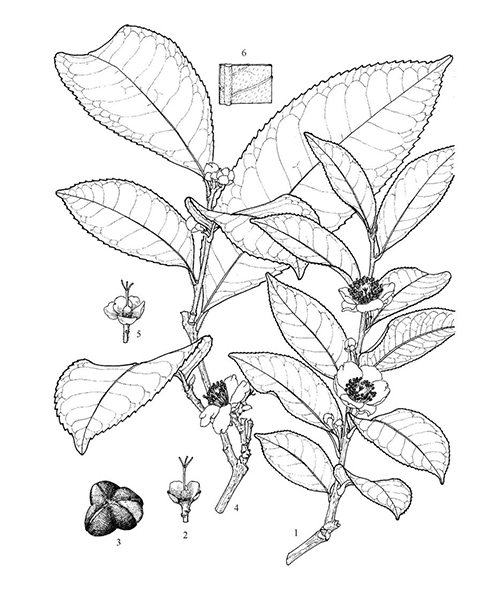
Natural products/compounds from Camellia sinensis
- Cat.No. Product Name CAS Number COA
-
BCN8136
Alpha-Terpineol10482-56-1
Instructions
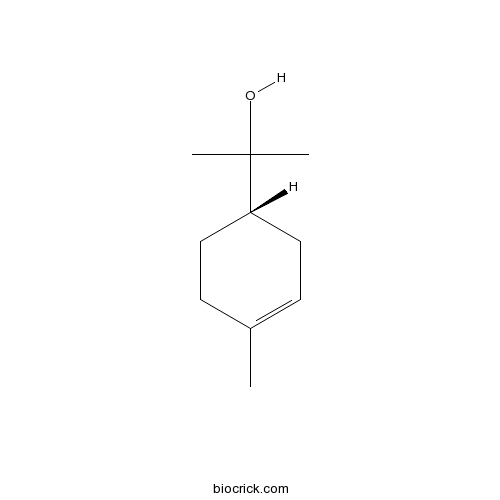
-
BCN7159
Oleic acid112-80-1
Instructions
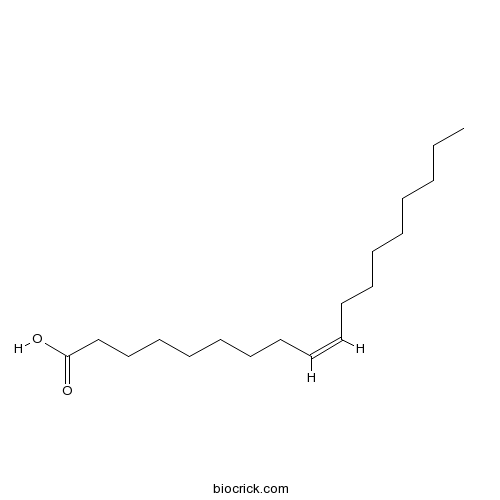
-
BCN6327
(-)-Epicatechin gallate1257-08-5
Instructions
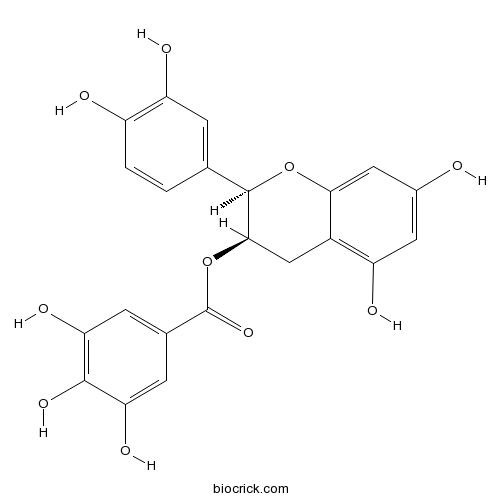
-
BCN6151
Lutein127-40-2
Instructions

-
BCN5330
(-)-Catechin gallate(CG)130405-40-2
Instructions
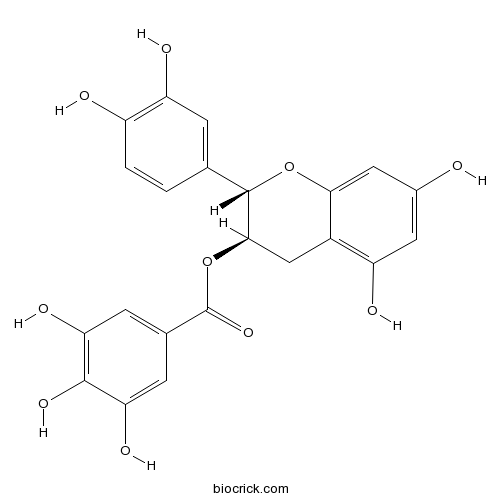
-
BCN3872
Camelliaside B131573-90-5
Instructions

-
BCN3871
Camelliaside A135095-52-2
Instructions
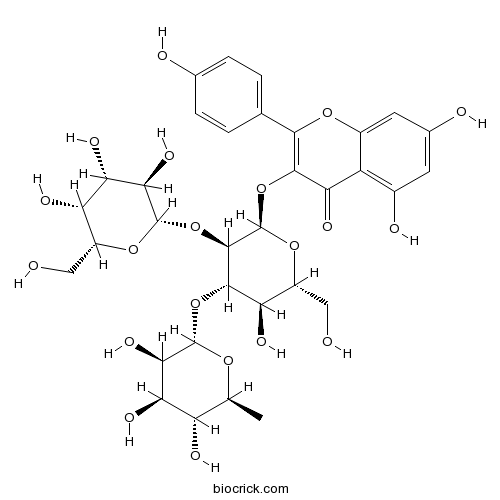
-
BCN1668
Gallic acid149-91-7
Instructions
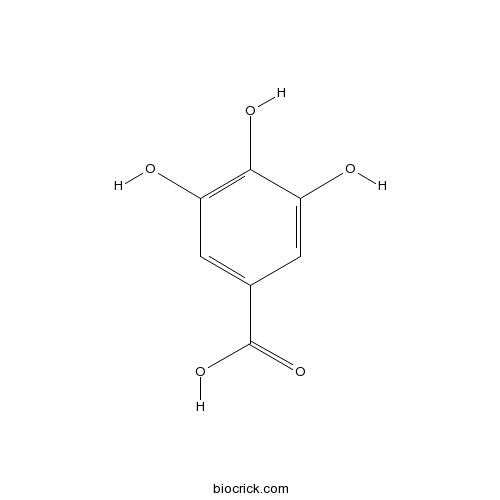
-
BCN5416
Cyasterone17086-76-9
Instructions
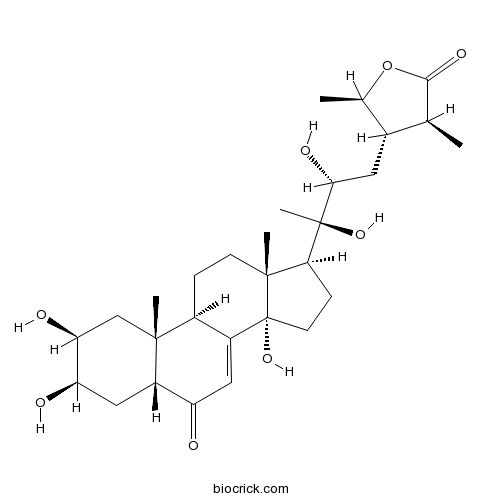
-
BCN5421
Theaflavin-3'-gallate28543-07-9
Instructions
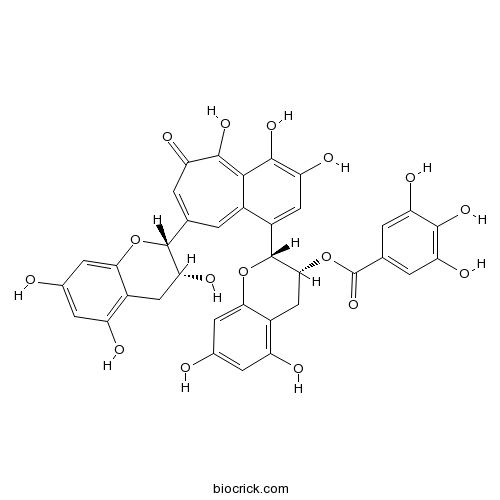
-
BCN2316
Theaflavin-3-gallate30462-34-1
Instructions
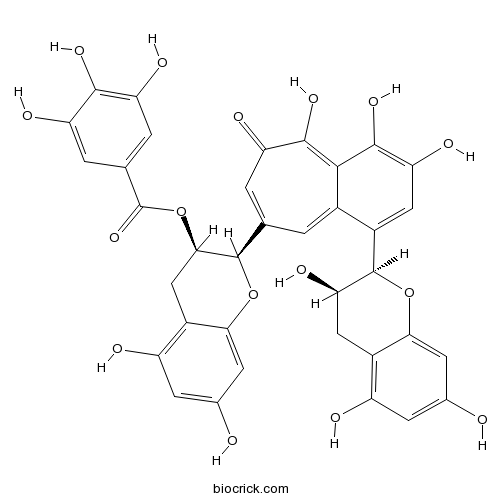
-
BCN5920
Theaflavin 3,3'-di-O-gallate30462-35-2
Instructions

-
BCN6328
(-)-Gallocatechin gallate4233-96-9
Instructions

-
BCN5419
Theaflavin4670-05-7
Instructions

-
BCN5597
Epicatechin490-46-0
Instructions
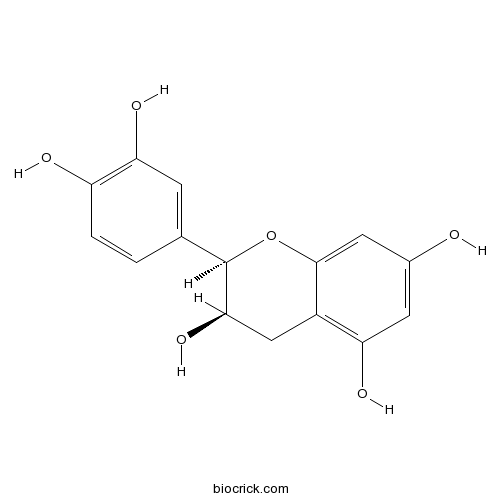
-
BCN5807
Caffeine58-08-2
Instructions

-
BCN1258
Theophylline58-55-9
Instructions
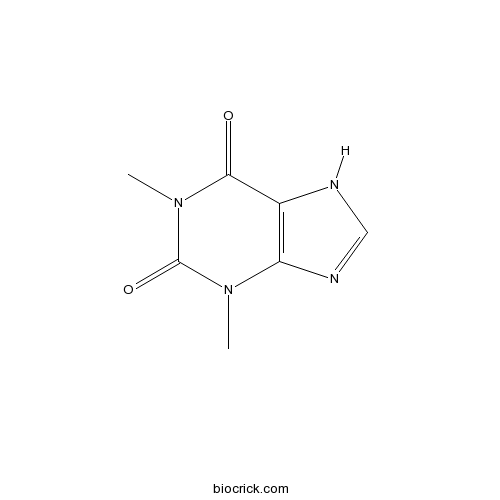
-
BCN1227
Theobromine83-67-0
Instructions

-
BCN1336
(-)-Epigallocatechin-3-(3''-O-methyl) gallate83104-87-4
Instructions

-
BCN4519
(-)-Epigallocatechin(EGC)970-74-1
Instructions
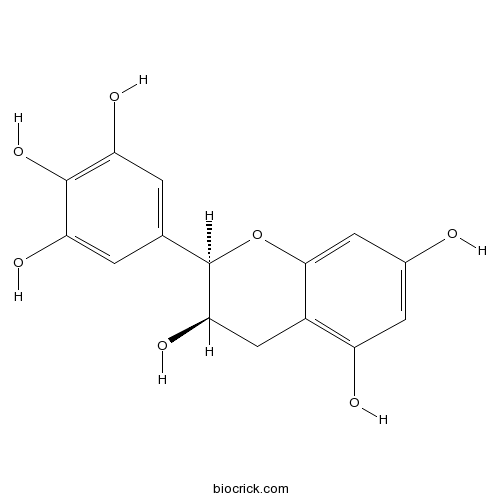
-
BCN6326
(-)-Epigallocatechin gallate989-51-5
Instructions
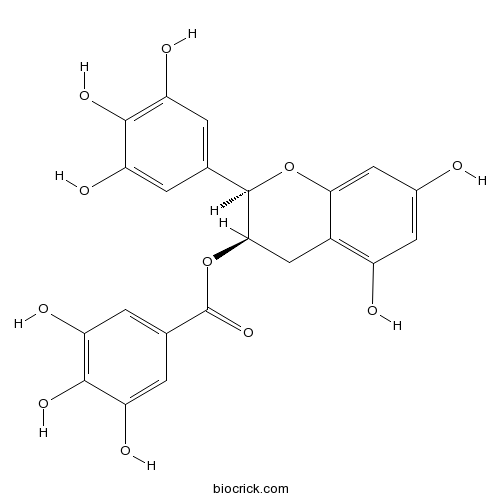
Gene co-expression network analysis reveals coordinated regulation of three characteristic secondary biosynthetic pathways in tea plant (Camellia sinensis).[Pubmed: 30111282]
The leaves of tea plants (Camellia sinensis) are used to produce tea, which is one of the most popular beverages consumed worldwide. The nutritional value and health benefits of tea are mainly related to three abundant characteristic metabolites; catechins, theanine and caffeine. Weighted gene co-expression network analysis (WGCNA) is a powerful system for investigating correlations between genes, identifying modules among highly correlated genes, and relating modules to phenotypic traits based on gene expression profiling. Currently, relatively little is known about the regulatory mechanisms and correlations between these three secondary metabolic pathways at the omics level in tea.
Epigallocatechin-3-gallate prevents disruption of connective tissue in periodontium and salivary glands of rats during systemic inflammation.[Pubmed: 30099426]
Introduction: The connective tissue remodeling is essential for periodontal and salivary glands (SG) pathology. Recently there has been demonstrated the number of pharmacological effects of green tea (Camellia sinensis) such as antioxidant, anti-inflammatory, anti-aging, antibacterial, antiviral and DNA-protective effects, associated with the presence of epigallocatechin-3-gallate (EGCG) as an inducer of the Keap1 / Nrf2 / antioxidant response element signaling pathway. However, the EGCG effects on the components of soft connective tissues of periodontium and SG are still unclear. The aim: To investigate the effect of EGCG on markers of disruption of periodontal and submandibular SG connective tissues in rats during the conditions of experimental systemic inflammation (SI).
Genome-wide identification and characterization of ALTERNATIVE OXIDASE genes and their response under abiotic stresses in Camellia sinensis (L.) O. Kuntze.[Pubmed: 30097722]
Four typical ALTERNATIVE OXIDASE genes have been identified in tea plants, and their sequence features and gene expression profiles have provided useful information for further studies on function and regulation. Alternative oxidase (AOX) is a terminal oxidase located in the respiratory electron transport chain. AOX catalyzes the oxidation of quinol and the reduction of oxygen into water. In this study, a genome-wide search and subsequent DNA cloning were performed to identify and characterize AOX genes in tea plant (Camellia sinensis (L.) O. Kuntze cv. Longjing43). Our results showed that tea plant possesses four AOX genes, i.e., CsAOX1a, CsAOX1d, CsAOX2a and CsAOX2b. Gene structure and protein sequence analyses revealed that all CsAOXs share a four-exon/three-intron structure with highly conserved regions and amino acid residues, which are necessary for AOX secondary structures, catalytic activities and post-translational regulations. All CsAOX were shown to localize in mitochondria using the green fluorescent protein (GFP)-targeting assay. Both CsAOX1a and CsAOX1d were induced by cold, salt and drought stresses, and with different expression patterns in young and mature leaves. Reactive oxygen species (ROS) accumulated strongly after 72 and 96 h cold treatments in both young and mature leaves, while the polyphenol and total catechin decreased significantly only in mature leaves. In comparison to AtAOX1a in Arabidopsis thaliana, CsAOX1a lost almost all of the stress-responsive cis-acting regulatory elements in its promoter region (1500 bp upstream), but possesses a flavonoid biosynthesis-related MBSII cis-acting regulatory element. These results suggest a link between CsAOX1a function and the metabolism of some secondary metabolites in tea plant. Our studies provide a basis for the further elucidation of the biological function and regulation of the AOX pathway in tea plants.
Comparison of the Metabolic Behaviors of Six Systemic Insecticides in a Newly Established Cell Suspension Culture Derived from Tea ( Camellia sinensis L.) Leaves.[Pubmed: 30074784]
None


